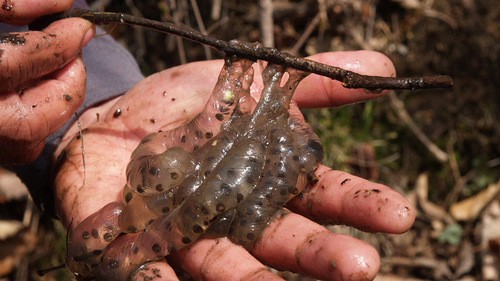Korean salamander
A species of Asian salamanders, Also known as Northeastern china hynobiid salamander Scientific name : Hynobius leechii Genus : Asian salamanders
Korean salamander, A species of Asian salamanders
Also known as:
Northeastern china hynobiid salamander
Scientific name: Hynobius leechii
Genus: Asian salamanders
Content
Description General Info
Description
The Korean salamander (Hynobius leechii) is the most common species of salamander on the Korean peninsula, and is also found in nearby provinces of China (Liaoning, Jilin and Heilongjiang) and on Jeju Island. It typically lives on forested hills, and from time to time mass deaths occur in Korea when salamanders encounter man-made drainage structures.
General Info
Lifespan
10-15 years
Diet
Korean salamander has an insectivorous diet, primarily feasting on various insects. It shows a marked preference for prey like beetles and ants, but will also consume spiders and worms to satisfy its dietary needs.
Appearance
Korean salamander is a small, slender salamander typically reaching approximately 15-18 centimeters long. It possesses smooth, moist skin that ranges in color from dark brown to black. Its underbelly is typically lighter, providing a tasteful contrast. It features short legs and a long, slightly flattened tail. Adult korean salamander possess both external gills and lungs, making their neck region appear frilled. No significant differences in appearance exist between sexes or during the lifespan.
Behavior
Korean salamander is a nocturnal species, primarily active at night for foraging. This animal leads a solitary existence outside the breeding season and displays strong territorial behavior. Its unique survival adaptation involves the suspension of metabolic activities during cold periods, akin to hibernation.
Population
Decreasing
Scientific Classification
Phylum
Chordates Class
Amphibians Order
Salamanders Family
Asiatic salamanders Genus
Asian salamanders Species
Korean salamander 